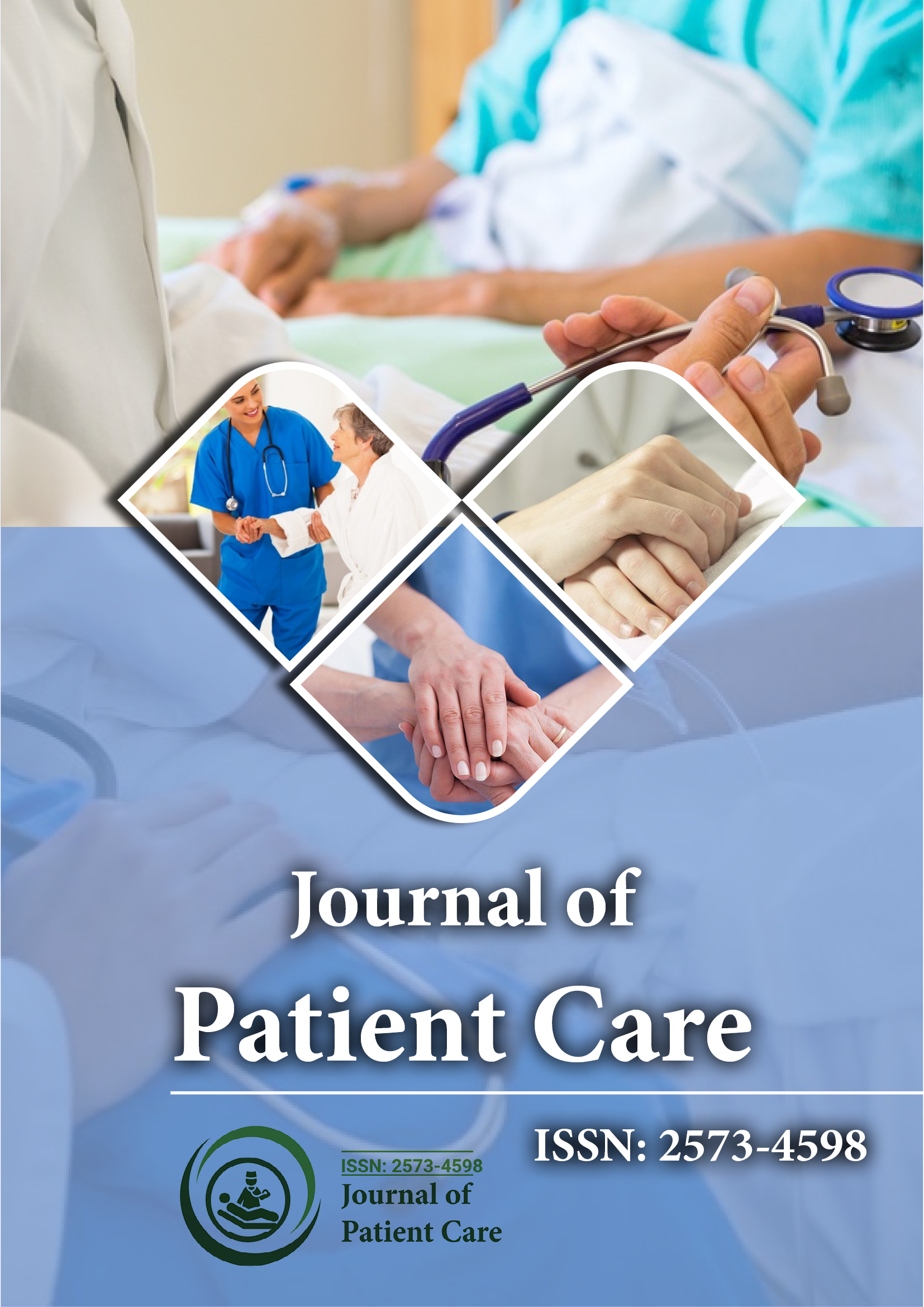Indexed In
- RefSeek
- Hamdard University
- EBSCO A-Z
- Publons
- Geneva Foundation for Medical Education and Research
- Euro Pub
- Google Scholar
Useful Links
Share This Page
Journal Flyer

Open Access Journals
- Agri and Aquaculture
- Biochemistry
- Bioinformatics & Systems Biology
- Business & Management
- Chemistry
- Clinical Sciences
- Engineering
- Food & Nutrition
- General Science
- Genetics & Molecular Biology
- Immunology & Microbiology
- Medical Sciences
- Neuroscience & Psychology
- Nursing & Health Care
- Pharmaceutical Sciences
Commentary - (2023) Volume 9, Issue 2
Nursing Perspective on the Care for the Pediatric and Adults Suffering from Osteosarcoma
Kinichiro Tomonaga*Received: 03-Mar-2023, Manuscript No. JPC-23-20908; Editor assigned: 06-Mar-2023, Pre QC No. JPC-23-20908 (PQ); Reviewed: 20-Mar-2023, QC No. JPC-23-20908; Revised: 27-Mar-2023, Manuscript No. JPC-23-20908 (R); Published: 03-Apr-2023, DOI: 10.35248/2573-4598.23.9.225
Description
The nurse's role in the care of osteosarcoma patients is critical. From the moment the patient and his or her family are informed of the illness, the nurse offers support and comfort while also clarifying the medical doctor's information. The nursing care provider schedules and organizes appointments based on the patient's health and, in some cases, social needs in order to provide comprehensive care with meticulous attention. Osteosarcoma is the most common primary bone cancer in children, and it develops from primitive bone-forming (osteoid generating) mesenchymal cells. It is classified as primary or secondary based on other underlying conditions, and it accounts for approximately 20% of all primary bone cancers. The presentation of osteosarcoma is quite diverse, allowing classification into various subgroups based on the degree of differentiation, location within the bone, and histological profile. These classifications exhibit a variety of imaging, demographic, and biological characteristics. The extremely complicated karyotypes that characterize osteosarcoma tumour cytology have made it difficult to fully characterize recurring chromosomal alterations. During the last decade, numerous advances in the delivery of curative medicines to children and adolescents with cancer have been made. Because the majority of pediatric oncology patients are treated using medical research procedures, clinical trials account for the majority of advancements in this field.
In pediatric oncology, protocol-directed therapy is used to determine the most effective treatment for groups of pediatric oncology patients. When it comes to arranging patient care in such a way that all scheduled treatment can be administered safely to each patient, children oncology nurses have a greater degree of responsibility. Informing the patient and his family about the clinical trial, improving communication between members of the protocol team and the patient and his or her family, administering medication according to protocol specifications, acting as a patient advocate, and analyzing and recording the patient's response to therapy are all examples of essential nursing care. These critical nursing tasks must be well performed and organized throughout the trial. Interaction between medical personnel, the patient, and the patient's friends and family is critical. To define such interaction, the institution has adopted family-centered care.
The fundamental tenet of family-centered care is that families are the true guardians of their children and the main sources of courage and strength. It is critical to avoid and/or reduce illness symptoms and treatment side effects in order to maintain a high quality of life throughout treatment. The most common and likely most distressing symptom is pain. Pain is a symptom that necessitates attention at several points along the treatment pathway. Common treatment side effects include vomiting, nausea, lethargy, constipation, and decreased appetite.
Pain is the most common symptom in people with osteosarcoma, and it can have a significant impact on quality of life if not managed properly. When pain is caused by the formation of a localized tumour, it is usually exacerbated by pathologic fracture and over-the-counter painkillers such as ibuprofen and acetaminophen. The most effective method for reducing tumour pain is to begin treatment as soon as possible. The first pain assessment should include a self-report, physiologic measures/ diagnostic results, parent input, physical examination, and behavioural observation. If the pain disappears quickly after starting treatment, it is thought to indicate a favourable response to therapy. Acute pain can indicate a new involvement, such as a pathologic fracture, which can occur in conjunction with trauma, as in the case of a child having just turned over in bed.
Intravenous (IV) or epidural analgesia is frequently used in the treatment of pain. Because pain is a subjective sensation, the importance of continuously evaluating therapy effectiveness cannot be overstated. Patients heal much faster if they are not restricted by pain. Deep breathing and coughing should become more effective after a thoracotomy with proper pain management. Participation in the rehabilitation programme is conditional on adequate pain management for patients undergoing local control procedures such as amputation and limb salvage. Nurses are uniquely qualified to optimise pain medication scheduling in the best interests of the patients. Pain caused by a progressive illness is a complicated issue that necessitates professional collaboration. Patients and their families have a right to believe that the resources need to manage pain. Plethora of novel modalities may be used for patients suffering from long-term illnesses. Radiation combined with radiofrequency ablation, nerve blocks, radio sensitizing chemotherapy, cryoablation, and pain medications are the most commonly used methods to improve the patient's quality of life.
Citation: Tomonaga K (2023) Nursing Perspective on the Care for the Pediatric and Adults Suffering from Osteosarcoma. J Pat Care. 9:225.
Copyright: © 2023 Tomonaga K. This is an open-access article distributed under the terms of the Creative Commons Attribution License, which permits unrestricted use, distribution, and reproduction in any medium, provided the original author and source are credited.
